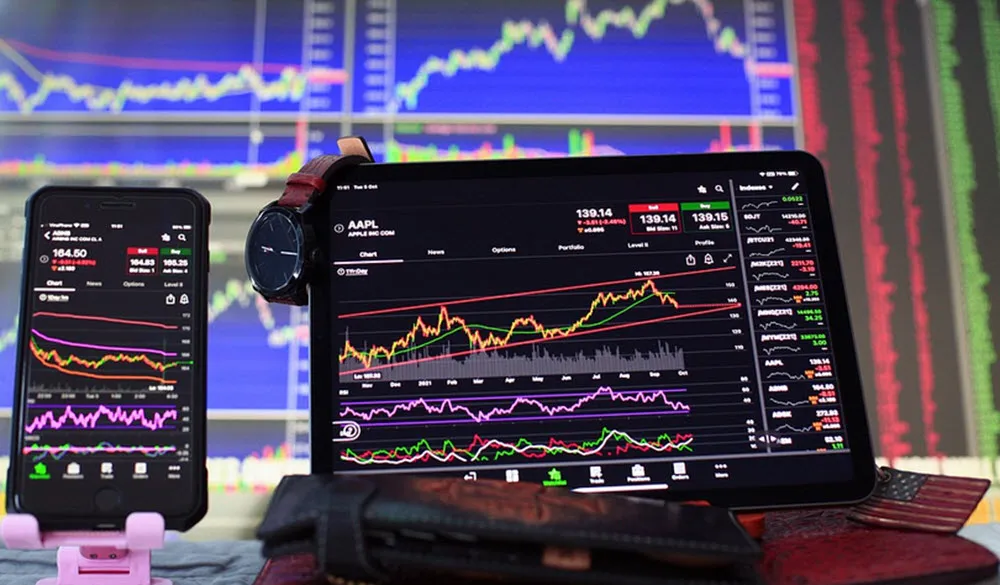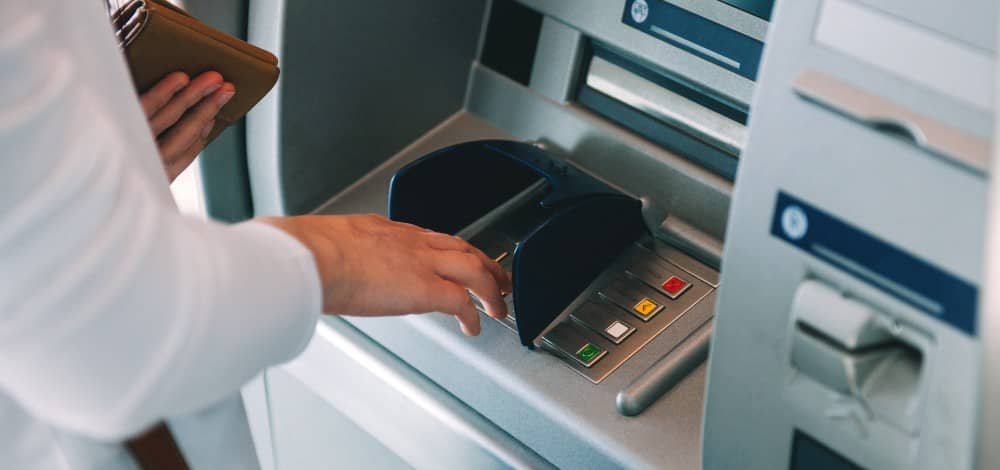Understanding Binary Options Trading
the technology powering trading signals in binary options: a deep dive Binary options trading represents a simplified form of financial trading, where the outcome is a definitive ‘yes’ or ‘no.’ Unlike traditional options, where traders can profit from varying degrees of price shifts, binary options deliver a straightforward premise: the trader either makes a profit or suffers a loss. The key feature of binary options is the concept of “all or nothing” payoffs, which means that traders must predict the price movement of an underlying asset within a predetermined timeframe.
The mechanics involve selecting an underlying asset, such as currency pairs, stocks, commodities, or indices. Traders develop predictions based on market analysis, deciding whether the asset’s price will rise or fall before the option’s expiration. Once the prediction is made, the trader can allocate a specific amount of capital to enter the trade, establishing the potential payout and loss—typically a fixed percentage of the investment. This fixed risk-to-reward ratio appeals to many who appreciate the predictability in binary options trading.
Expiration times are another vital aspect of binary options trading, as they determine the timeframe for the trade’s completion. Options can expire in as little as 60 seconds or take longer, like hours or days, giving traders flexibility in their strategies. This trait, alongside the ability to utilize trading signals in binary options—powered by advanced technology—enhances decision-making and increases the potential for profit.
Over recent years, binary options trading has gained popularity due to its simplicity and the allure of high returns. However, it is crucial to acknowledge the inherent risks associated with this trading style. Many traders enter this market without understanding the extensive analysis required or the potential volatility of underlying assets. Thus, it is essential for individuals exploring binary options trading to approach it with caution and awareness of both its opportunities and risks.
The Role of Trading Signals in Binary Options
Trading signals serve as crucial tools in the binary options market, designed to assist traders in making informed decisions. These signals are essentially indicators that suggest when to enter or exit a trade, aiming to maximize profit potential. The technology powering trading signals in binary options has evolved significantly, incorporating both manual and automated methods to cater to diverse trading styles.
There are primarily three types of trading signals: manual, automated, and algorithmic. Manual signals require a trader’s expertise and analysis, where the trader assesses market conditions and sends out alerts based on their observations. Automated signals, on the other hand, utilize software programs that analyze market data and notify traders of potential trade opportunities. Algorithmic signals represent a more advanced version, relying on complex algorithms and mathematical models to generate precise trading recommendations.
The significance of trading signals cannot be understated as they considerably enhance the accuracy and confidence of traders. For instance, traders can use these signals to identify market trends, pinpoint entry and exit points, and make timely decisions backed by data. By integrating proven strategies such as trend analysis, support and resistance levels, and moving averages, trading signals can assist in mitigating risks associated with binary options trading.
Moreover, the provision of real-time information through trading signals empowers traders to react swiftly to market fluctuations. This dynamic approach increases the likelihood of successful trades while reducing emotional influences on trading decisions. Many traders choose to employ a combination of manual, automated, and algorithmic signals to diversify their strategies and optimize their trading outcomes. As traders become more familiar with the technology powering trading signals in binary options, their trading prowess and effectiveness may significantly improve.

Technologies Behind Trading Signals
The realm of binary options trading is heavily influenced by sophisticated technologies that generate valuable trading signals. A prominent aspect is algorithmic trading, which employs quantitative models to automate trades based on predetermined criteria. These algorithms analyze vast amounts of historical price data, identify patterns, and execute trades more swiftly than a human trader could manage. The rapid processing and reaction ability of algorithmic systems introduce efficiency, capitalizing on market movements that might otherwise be missed.
Another critical technology is machine learning, a subset of artificial intelligence that improves its performance as it learns from new data. In the context of binary options, machine learning algorithms can scrutinize extensive datasets, ranging from price movements to market sentiment derived from news and social media. By extracting patterns and correlations, these models can enhance the accuracy of predictions concerning price fluctuations, which ultimately leads to more reliable trading signals.
Artificial intelligence further enhances this process by empowering trading systems to not only learn from historical data but also adapt to real-time conditions. Integrating AI enables the analysis of technical indicators, such as moving averages, RSI (Relative Strength Index), and Bollinger Bands. These indicators serve as decision-making tools that help traders evaluate potential market directions. Moreover, news sentiment analysis plays a crucial role; algorithms assess the impact of recent events and market news on asset prices, refining signal generation. As these technologies evolve, the trading environment for binary options becomes increasingly efficient, offering traders enhanced tools for informed decision-making.
Future Trends and Innovations in Binary Options Trading Technology
The landscape of binary options trading is on the brink of significant transformation, driven by emerging technologies and innovative practices that enhance the accuracy and responsiveness of trading signals. As traders look to maintain a competitive edge, several key trends are poised to shape the future of this sector.
One noteworthy advancement is the evolution of real-time data analysis. With the integration of artificial intelligence and machine learning algorithms, traders now have access to sophisticated tools that can analyze vast amounts of market data in moments. This capability enables the generation of swift trading signals, improving decision-making processes. As these technologies continue to evolve, we can expect even greater precision and speed, allowing traders to capitalize on market movements with remarkable efficiency.
the technology powering trading signals in binary options: a deep dive Another critical innovation involves the adoption of blockchain technology, which promises to enhance transparency and security in binary options trading. By leveraging decentralized ledgers, traders can verify the integrity of signal sources and transactions. This added layer of security fosters greater trust among participants and can lead to a more robust trading environment. Furthermore, the transparent nature of blockchain transactions may also reduce fraud, thus positively influencing market dynamics.
Additionally, the rise of social trading platforms is reshaping how traders interact and share information. These platforms facilitate the sharing of trading signals among community members, allowing less experienced traders to follow the strategies of seasoned professionals. This trend is not only democratizing access to trading insights but also fostering a collaborative environment that can enhance overall market participation.
In conclusion, the technology powering trading signals in binary options is evolving rapidly, with advancements in real-time data analysis, blockchain integration, and social trading making waves in the industry. As these innovations continue to unfold, traders must adapt and embrace these technologies to remain competitive in the ever-evolving landscape of binary options trading.










